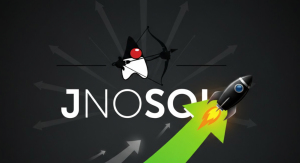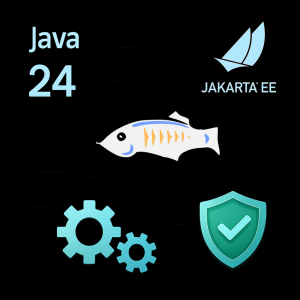Next level persistence in Jakarta EE: Jakarta Data and Jakarta NoSQL – JFall slides
At the WeAreDevelopers World Congress 2024, OmniFish presented about what Jakarta EE is, and what the new features are in Jakarta EE 11. Here are the slides from our presentation.
Next level persistence in Jakarta EE: Jakarta Data and Jakarta NoSQL – JFall slides Read Post »










